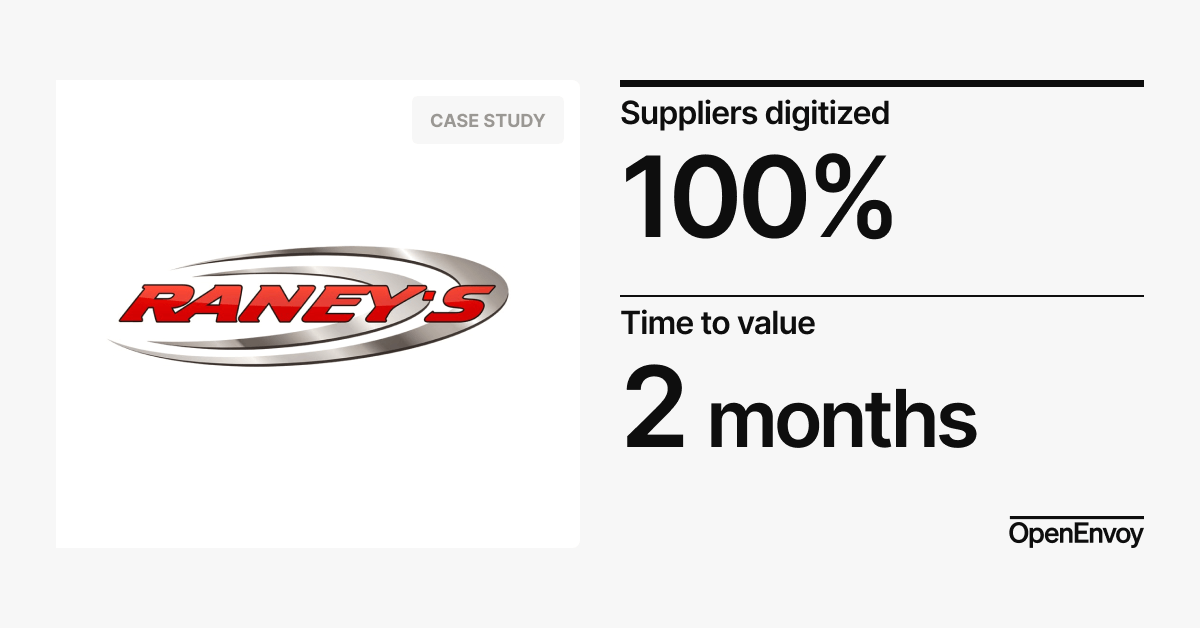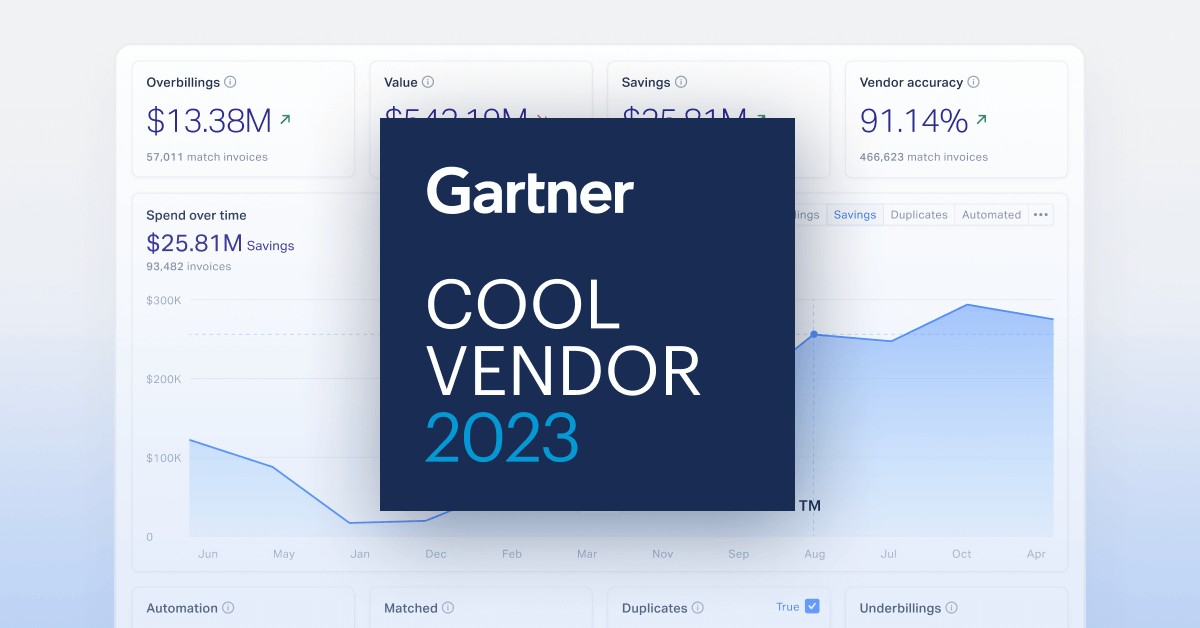Real estate companies face a growing technology crisis. Legacy system integration challenges, fragmented data, and disconnected operations are major barriers to real estate efficiency and financial growth. The complexity of managing multiple properties, each using different financial systems, adds to these problems.
The real cost of system sprawl
Most property management firms operate with multiple systems that have evolved over decades. New acquisitions often bring additional software platforms, diverse accounting methods, and new data silos. The result: finance and operations teams struggle to automate property management finance, consolidate data, and stay compliant.
The scope of this issue is significant. Large real estate firms often use 5–10 different property management systems simultaneously. Each system holds critical financial data, vendor contracts, and payment records. This disjointed structure leads to a host of issues:
- Late payments that strain vendor relationships
- Duplicate or missed payments that waste money
- Compliance risks and audit vulnerabilities
- Lack of visibility across properties, slowing strategic decisions
These inefficiencies call for a more scalable, integrated approach to real estate finance operations.
The cost of doing this manually?
- Slower payment cycles
- Increased risk of overpayment or missed disputes
- Resource-intensive workflows
- Delayed financial visibility and forecasting
AP automation as a strategic solution
Modern AP automation software for real estate offers a clear path forward. The key lies in using tools with strong API-based integration that can seamlessly connect with real estate ERP systems and property management system integration workflows without disrupting current operations.
By connecting your systems through APIs, you enable:
- Real-time financial data synchronization
- Automated invoice reconciliation
- Standardized, compliant AP workflows
- Real estate compliance automation
- Elimination of manual entry and reconciliation
- Full visibility across properties in a single dashboard
This is how you streamline AP in real estate while maintaining control over existing systems.
Success requires a strategic approach
To realize the benefits of automated accounts payable, firms must start by mapping their current technology landscape:
- Identify every system in use
- Track data flows and connection points
- Prioritize high-value workflows like invoice automation in real estate
Begin with accounting and payment processes that yield the fastest wins. Real-time updates across systems lead to smarter decisions, stronger vendor relationships, and a more agile finance function.
Integration benefits across the business
The impact of integrating AP automation is felt across departments:
- Property managers gain better spend visibility at the property level
- Finance teams access cleaner data for portfolio-wide analysis
- Executives make faster, data-driven decisions with real-time financial reports
- Compliance teams enjoy fewer audit surprises and reduced risk
Even if integration requires upfront planning, the long-term payoff far outweighs the cost of maintaining fragmented tools.
Why it matters now
Disconnected AP systems don’t just slow your teams down they cost you money. The longer a firm waits to modernize, the more it loses to inefficiencies, errors, and lost opportunities.
AP automation benefits include operational control, speed, and accuracy delivered without replacing your current tech stack.
Transform Your AP Operations with OpenEnvoy
At OpenEnvoy, we help real estate firms modernize finance without disruption. Our API-first platform is built to support legacy system integration in real estate, streamline AP workflows, and improve visibility across your entire portfolio.
👉 Contact us to discover how we can help you eliminate inefficiencies and unlock smarter real estate finance operations.
FAQ’s
Vendor payment errors like double payments and missed deadlines are common in real estate due to fragmented systems. OpenEnvoy eliminates these issues by validating invoices in real time and automating payment workflows. This ensures accuracy, improves vendor relationships, and cuts down on unnecessary costs.


